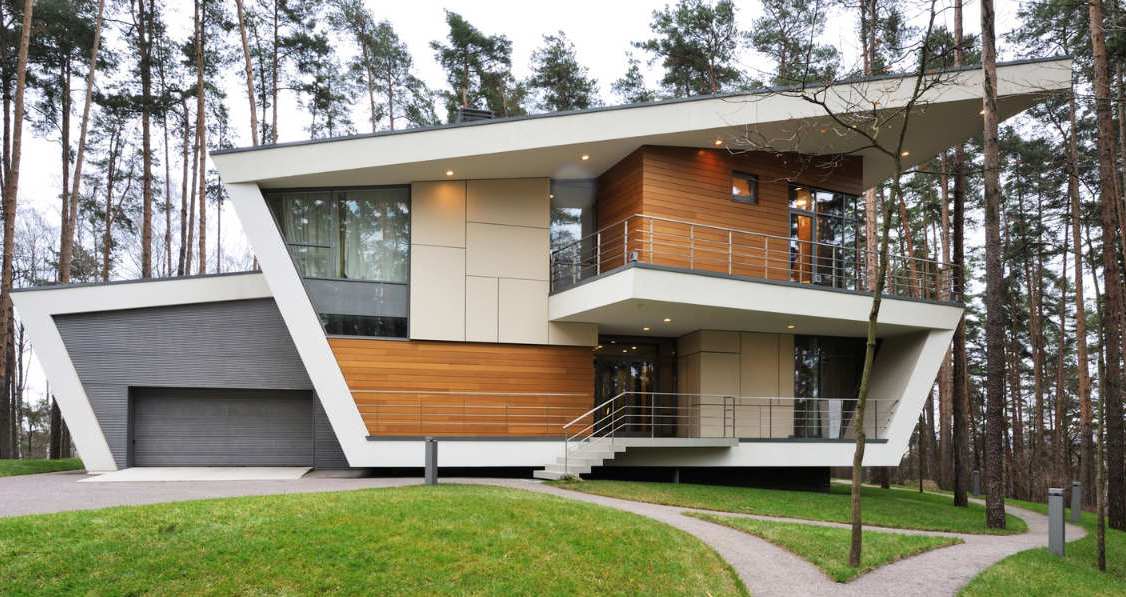When living in a college dorm room or small apartment, it can be challenging to find the best use of the available space in order to make your living area feel open and inviting.
But by making careful choices about your furniture, storage and shelving options, your rooms can feel bigger and more functional at a minimum cost and effort. Here are several ways to help maximize space in any small quarters.
Choose the Right Bedroom Set
In a small bedroom or dorm room, the bedroom set will take up most of the available space, so choose wisely. Many modern bedroom sets include headboards with built-in shelves and understated nightstands that maximize available floor space. Choosing the right accessory pieces will also go a long way in tying the room together and opening up your space.
Look for pieces that are also functional, yet flexible. If you’re sharing the room with a roommate, for example, you may want to look for a single dresser that can be shared between both of you, which will help minimize the amount of furniture in the room. Dressers that include attached mirrors will also make the room appear more open and help free up your behind-the-door space for hooks and other hanging items that are best kept hidden.
Get space-saving furniture
Gone are the days of large non-functional furniture. In a small space, you should plan ahead for every single piece of furniture you buy.
If you have guests coming and need to give them a place for sleeping, why not buy a sleeper sofa couch? For a more permanent and sturdier solution, you can even find heavy-duty bunk beds which can be used by children as well as adults of any age.
Things like folding desks, murphy beds, and extendable tables are perfect for small spaces. In this way, you can make your room functional with far less furniture and prevent the space from clutter.
Get Creative with Storage
Oftentimes, the issue with small rooms isn’t the living space; it’s the available storage space. By getting creative with storage options, you can minimize the amount of space taken up by items that serve a useful purpose in your living quarters, which will then maximize the space available for functional living. For example, consider the following:
- Storage on wheels: If you live in a dorm room or small apartment, chances are you don’t have a garage. Fortunately, you can still take a page from the Garage Storage 101 playbook. For example, metal wire racks on wheels are durable, mobile and perfect for keeping things organized and out of the way. Store books, shoes or other items on a wheeled rack in your closet. Then, pull it out when needed and wheel it away to keep it out of site for added space when not in use.
- Hanging storage: Hanging baskets have been around for ages, and they can be used for much more than potted plants or decorative fruit. Install a hanging basket in a corner of your room to hold office supplies, bathroom necessities or other small items where your needed drawer space is non-existent.
- Hidden storage: When space is at a premium, it’s important to use hidden areas to your advantage. Under-the-bed, behind-the-door and overhead ceiling space is often overlooked when it comes to creative storage options. Under-the-bed storage space is best utilized on items that you don’t often need to access, such as extra blankets or bulky winter clothing. Meantime, hooks and clips can be used behind bedroom doors for everything from mirrors and jewelry to hats and yoga mats. Ceiling space, when used creatively, can be utilized for additional lighting, hanging baskets, photos and even your bicycle, if necessary.
Use Functional Shelving
Home décor and DIY magazines love to feature decorative shelving, but when living space is at a premium, it’s important to make sure your shelving is functional, too. Small shelves that will only fit a potted succulent aren’t functional; in fact, they’re compounding the problem by taking up valuable wall real estate.
Instead, use high floating shelves closer to the ceiling to store larger items, such as books or picture frames. This will free up your wall space underneath for additional wall shelving to hold anything from alarm clocks to your computer monitor. To maximize your wall real estate, consider non-traditional items, such as dresser drawers, for building your shelving.
Be Intentional in Small Spaces
The key to comfortable living with minimum square footage is being intentional about how you fill your space. Consider your room layout when it’s empty, then pick the best furniture, storage and shelving options that will work together to open up the space and make living in your new dorm room, apartment or townhouse an enjoyable experience.





















